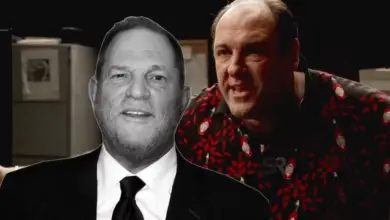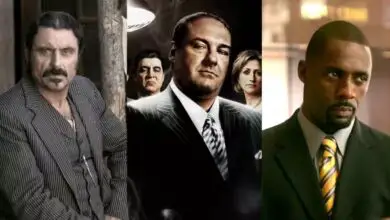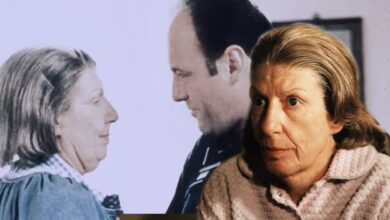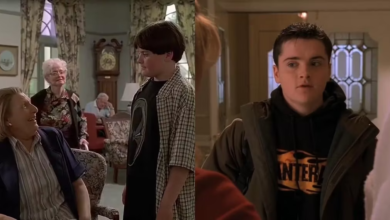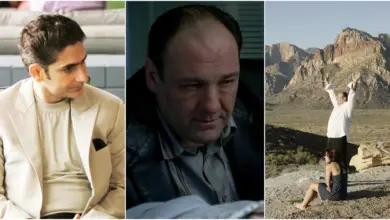Remember When Brad Pitt, James Gandolfini, and Ray Liotta Were in a Mafia Movie Together?
This 2012 film was critically panned on release but is worthy of a revisit.
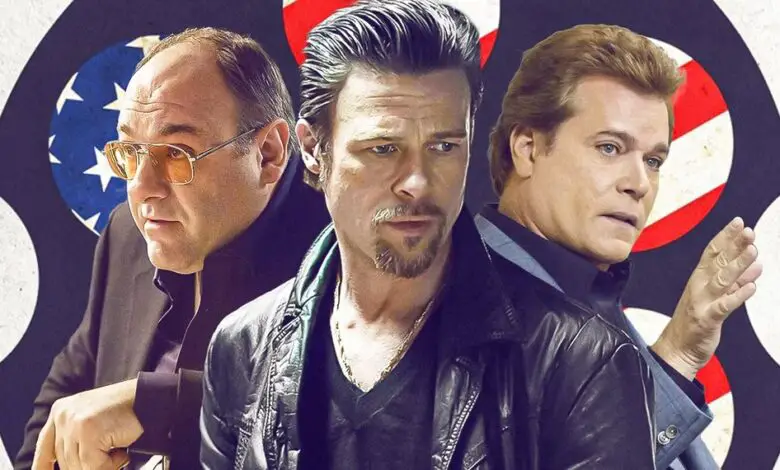
It’s a tall order to make a film that features high-caliber on-screen mafia greats like James Gandolfini and Ray Liotta, let alone a film that sees them star together. However, director Andrew Dominik was able to achieve such a feat. Sadly, both actors have since passed, but not before they accompanied Brad Pitt for a modern-day mob epic titled Killing Them Softly. Released in 2012, and foolishly categorized as a flop by some, the time has come to dust off the moronic critic drivel and see this gangster gem through a new lens. The film was based on George V. Higgins’ national bestseller Cogan’s Trade (1974), and the spirit of his work is ultimately captured by Dominik.
The film’s unique allure derives from its unconventional nature — it’s far from the classic gangster archetype. We begin in a derelict, depressed region of Boston (actually filmed in New Orleans) and we end there. Void of any glamor or the prosperity of the underworld workings, we are etched into the grit like the words of a decaying tombstone. As unappealing as that may sound, it’s exactly where we need to be as it aligns with the denunciation of cooperate America. Set in 2008, the struggles of the economic crises run parallel with the disrupted criminal economy which has suffered after two hijackings of a mob-run card game. The harsh realities of the corporate machine that is America are laid bare; there is a bleakness in the setting, character, and tone which is purposeful and compact. More interestingly, from a cinematic standpoint, is the avant-garde visuality that occurs from the pull of a trigger, the landing of blows, and the consumption of heroin. This dramatic device is used masterfully to harmoniously tie together Cogan’s (Brad Pitt) method of Killing Them Softly, i.e. murdering at a distance, unseen, unheard, and free of emotion.
The Entire Cast of ‘Killing Them Softly’ Nail Their Performances
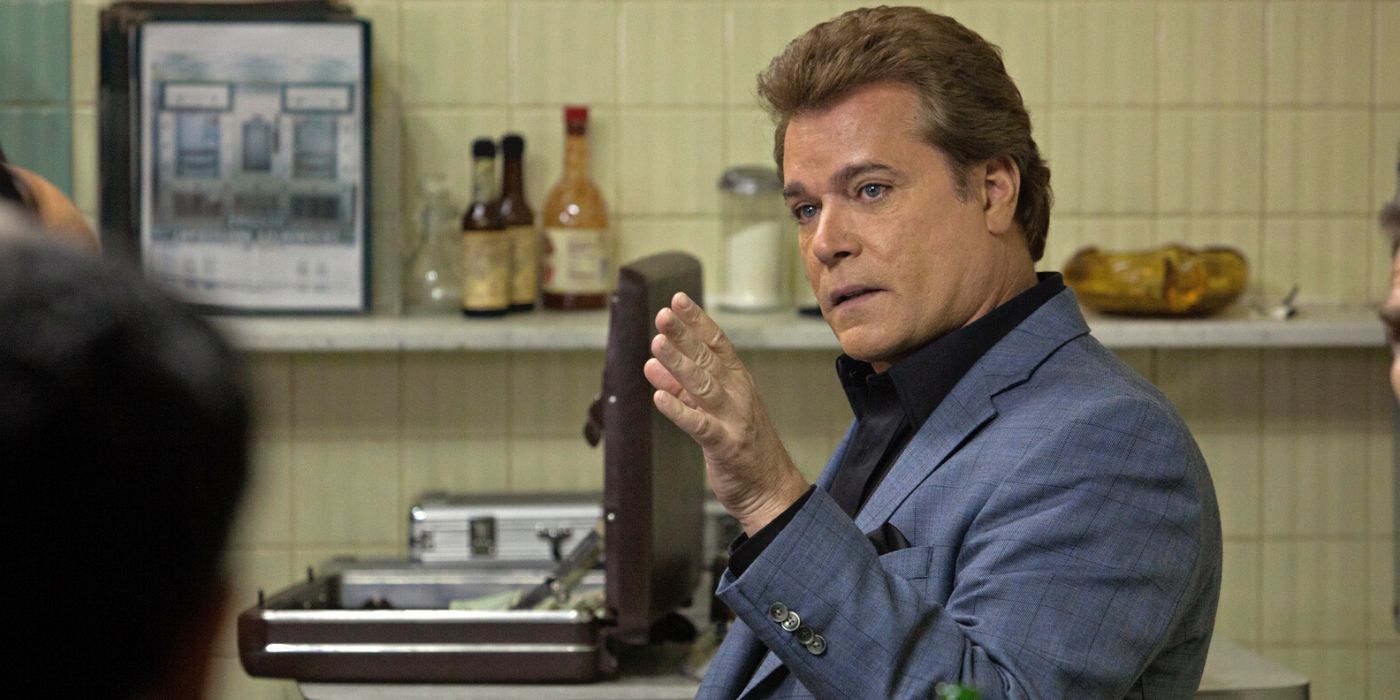
To counteract the desolateness, a dexterous Cogan purposefully roams the streets of Boston, restoring order to the mess made by Frankie (Scoot McNairy) and Russell (Ben Mendelsohn), the petty criminals who robbed the card game on the advice of Johnny Amato (Vincent Curatola). Cogan, the enforcer hired to settle the score, is as domineering as he is omniscient. His perceived class successfully excites and pleases. It appears Dominik was careful with the casting, assuming he had his say. Liotta and Gandolfini are used sparingly but to great effect. Liotta plays Markie Trattman, the fella who runs the card game (and who robbed it the first time before Frankie and Russell did). His bellowing cackle and piercing stare feature, but it’s the beat-down his character suffers that stays with us.
It’s an aberrant attack for a mob film — Trattman’s crying, or whaling rather, is accompanied by vomit as it intersects with the many cinematic blows. Largely discomforting, but efficacious in gaining the desired effect. As for Gandolfini, his portrayal of the down-and-out hitman Mickey is convincing as ever. With a penchant for women and booze, the dulled hitman is as important in attracting emotion as Pitt is in delivering punishment. With eyes beaten by retrospect and accompanied by a fatalist shifting, Mickey reflects on life with regretful insight, knowing his time is up.
‘Killing Them Softly’ Performed Poorly at the Box Office and Was Critically Panned
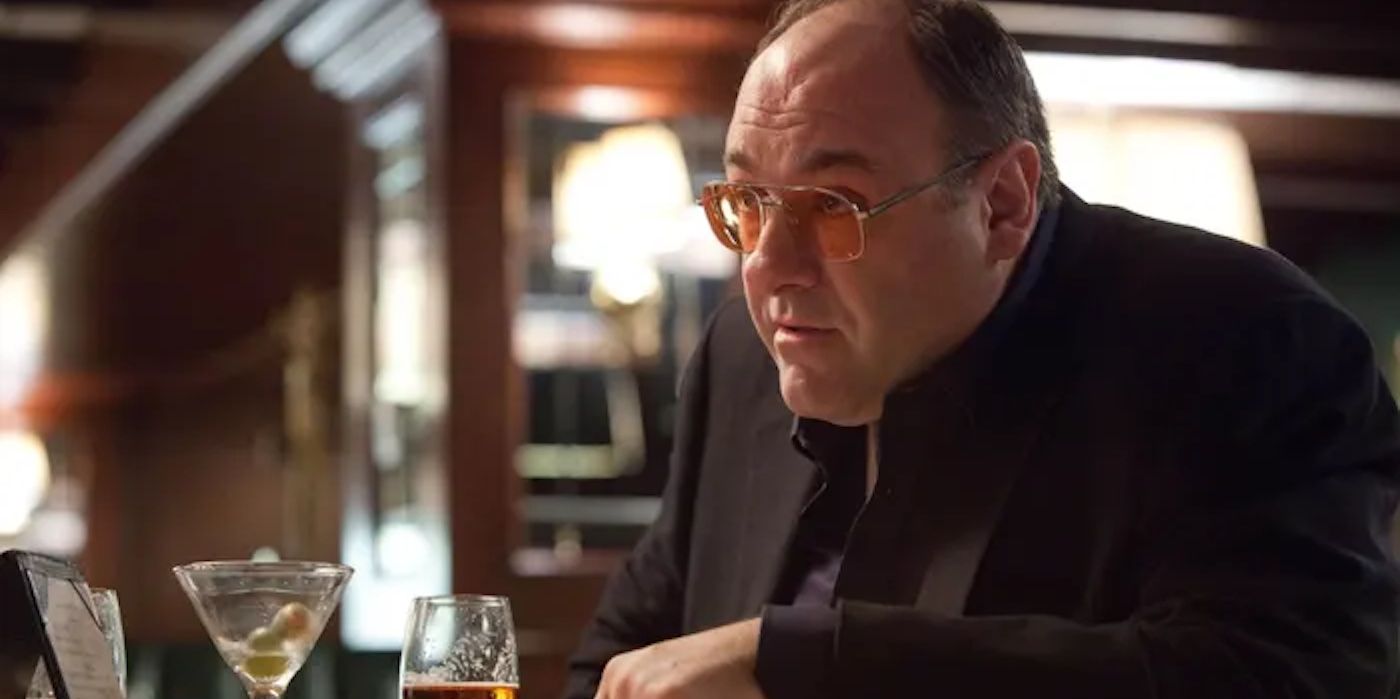
However, upon its release Killing Them Softly only managed to make a worldwide total of $37.9 million: a measly figure considering the stellar cast. The conversations between the criminals, particularly Ben Mendelsohn’s character, are unsurprisingly distasteful. But they are in keeping with reality and still deliver a comic edge regardlessness of crudity. In some ways, the dialogue is Bukowski-esque in its raw, comic, and realist tone. With regard to reviews, they seemed to have deviated since release. One review from Empire magazine claimed, “Killing Them Softly doesn’t know what it’s about … It’s just sad to report that it says as little about the present, complex state of America as it does.”
This rushed, incomprehension became regular for the critics of the film (particularly Roger Ebert) and each has failed to pay attention to the fact that as a whole, the film achieves exactly what it set out to do. We are in a world where repercussions are not necessarily fair, meaning, the wrong people are suffering from the actions of others i.e. bankers, politicians, and those in power. Some may argue that it doesn’t provide detailed insight into the complex nature of the 2008 economic crisis, but don’t forget, Killing Them Softly is an adaption of a 1974 best-selling novel from George V. Higgins, and the rebuke of capitalism is present in both. But it appears the main focus of the film was to capture the authentic dialogue that dominates the novel whilst providing cinematic appeal with tension and violence
Andrew Dominik Successfully Brought ‘Cogan’s Trade’ to the Big Screen
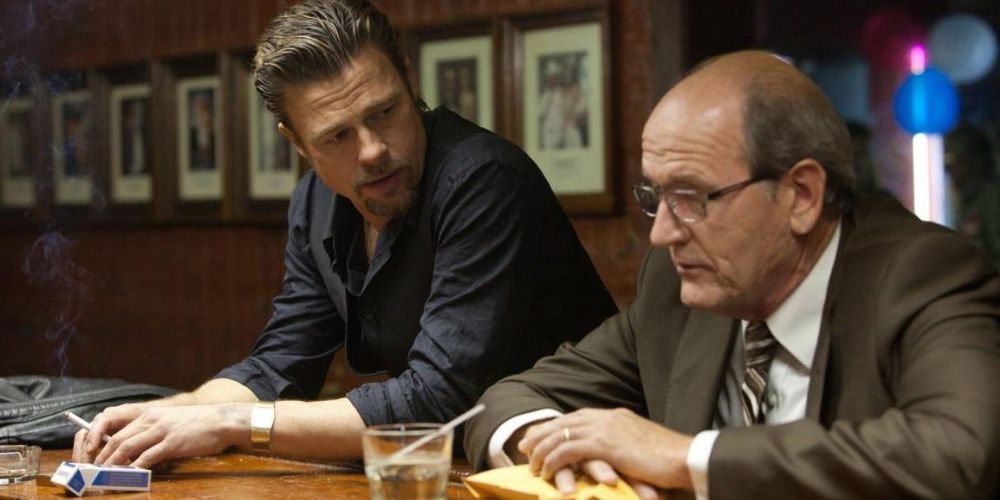
As an adaption of a novel, the film succeeds. The plot and focus on the Boston underworld are almost identical in both; we weave through minor mobsters, shady subordinates, and certified killers, which is sewn together by barbarous dialogue and dark humor. The essence of Higgins’ novel is attained, but the stark difference is the subtleties in delivering the scathing assessment of American capitalism. Andrew Dominik set himself a hard task in bringing Cogan’s Trade to the big screen, one that was guaranteed to divide opinion. In the novel, the message is smoothly presented, whereas in the film, its reiterated over various media outlets and at times, painfully lucid. Nonetheless, the ending of the film alone is enough to make up for the clumsy subtext.
After Cogan finds himself f*cked over by the very system he kills for, he responds to Driver (Richard Jenkins) and draws attention to a televised Obama speech claiming that America is a community, and “we are one.” The closing commentary, with impeccable fluency and a pinch of cynicism, draws the curtains on its attack on capitalism in true style: “This guy wants to tell me we’re living in a community? Don’t make me laugh. I’m living in America, and in America, you’re on your own. America’s not a country. It’s a business. Now f*cking pay me.”
There can be no doubt that Killing Them Softly is a divisive film. But it’s certainly a film that has ripened as society has soured. It demands to be seen again, and awareness of the brilliance of George V. Higgins can only help make sense of this striking mob thriller. Killing Them Softly is a film, not just a patent political message, and it is worthy of your time to revisit.

